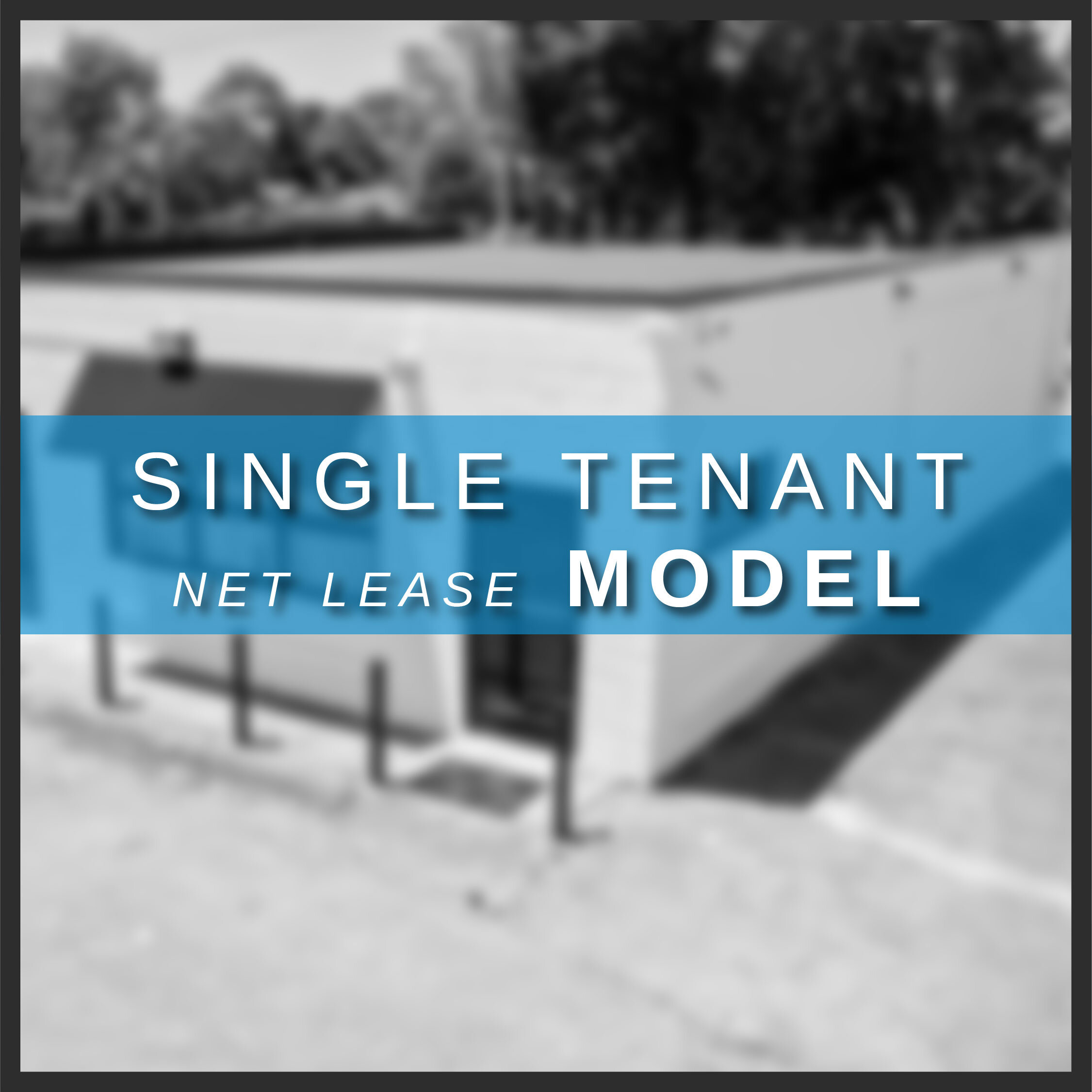How to quickly run numbers on a commercial real estate deal
Running numbers for commercial real estate investments can be a bit trickier than residential properties, but I’m going to share a handy trick with you that we use to quickly evaluate the numbers and make informed investment decisions.
Let’s break down the process, because it makes evaluating commercial deals rather simple in no time.
Running Numbers with my Cap Rate Method
When it comes to evaluating commercial real estate deals, one approach is to use cap rates as a benchmark. Cap rates represent the expected return on investment assuming you paid all cash and can vary depending on the property type, location, and market conditions.
While achieving a 12% cap rate might not always be realistic, that’s the benchmark my team and I use to find deals and it serves as a starting point for underwriting value-add investments.
Let's Crunch the Numbers:
To illustrate this approach, let's assume we have a $500,000 property with a $150,000 renovation. That brings our total investment to $650,000.
Multiplying this total investment by the chosen cap rate of 12%, we find that we need to collect $78,000 per year in rent on a triple net basis (excluding other costs paid by tenants) in order for this deal to make sense.
Analyzing Price per Square Foot:
Assuming a price of $150 per square foot for the $500,000 property, that means we’re looking at a 3,333 square foot property.
We can divide the annual rent we need to hit ($78,000 at our 12% cap rate) by the property's square footage (3,333 square feet) to obtain the rental price per square foot per year.
In this example, the price per square foot we need to hit when renting out this space is $23.40 triple net, which is a fairly decent price point in many markets.
Comparing to Market Rates:
To determine whether this rental price is competitive to other properties, it's crucial to analyze comparable projects in the area. If the $23.40 price per square foot is below the asking rates of these assets, then it signals a potential deal that you should explore further.
However, if the area's rental prices are closer to maybe $16 per square foot, this project won’t be competitive once you bring it back on the market and should consider moving on to the next opportunity.
Accounting for Financing
Considering financing options is a critical step in underwriting commercial real estate deals. Assuming a 20% down payment on the $650,000 investment, we'll have a loan balance of $520,000.
With a 7.5% interest rate and a 20-year amortization schedule, the monthly mortgage payment amounts to $4,100.
Understanding Cash Flow
With the estimated rental income of $6,500 per month (based on the 12% cap rate scenario), the property is generating a comfortable monthly cash flow of $2,200 to $2,400 before accounting for asset level expenses (in a NNN lease, tenants pay for the common area maintenance, property taxes, and insurance).
However, if the property were rented at an 8% cap rate, the cash flow would significantly decrease, highlighting the impact of higher interest rates.
The Importance of Underwriting
Underwriting the financials of a commercial property is crucial to determine its profitability and sustainability. It's essential to carefully assess the potential cash flow, taking into account all expenses, taxes, and professional fees.
This back of napkin method is great for quickly determining whether you should spend more time running numbers on a deal or not.
If it looks like a potential deal, you need to fully underwrite the deal using an excel spreadsheet or other type of software.
Analyzing commercial real estate deals can be a complex task, especially if you’re looking at something like a condo-hotel in Nashville, but with the right tools and techniques, it becomes more manageable.
By understanding cap rates, evaluating price per square foot, comparing to market rates, considering financing options, and conducting thorough underwriting, you can make informed investment decisions to take your investment portfolio to the next level with commercial properties.








You don’t see high-net-worth investors unclogging toilets or chasing down tenants for rent checks.
They’re not waking up at 2 AM to field maintenance calls—or spending weekends vetting property managers.
Why? Because they’ve figured out a smarter way to invest in commercial real estate: syndications.
Syndications allow everyday investors to own fractional shares of high-quality commercial properties—without doing any of the heavy lifting. You provide the capital. An experienced sponsor team does everything else. And you get a direct stake in the deal’s cash flow, equity growth, and tax benefits.
It’s how the top 1% scale their portfolios while protecting their time.
And it’s not just for institutions anymore.
In this post, we’re breaking down everything you need to know about CRE syndications:
How they work
Why they’re one of the most powerful tools for passive income
And how to spot the right deals (and the right partners) before you invest
If you’re ready to earn like an owner without the day-to-day stress, this is the strategy you’ve been looking for.